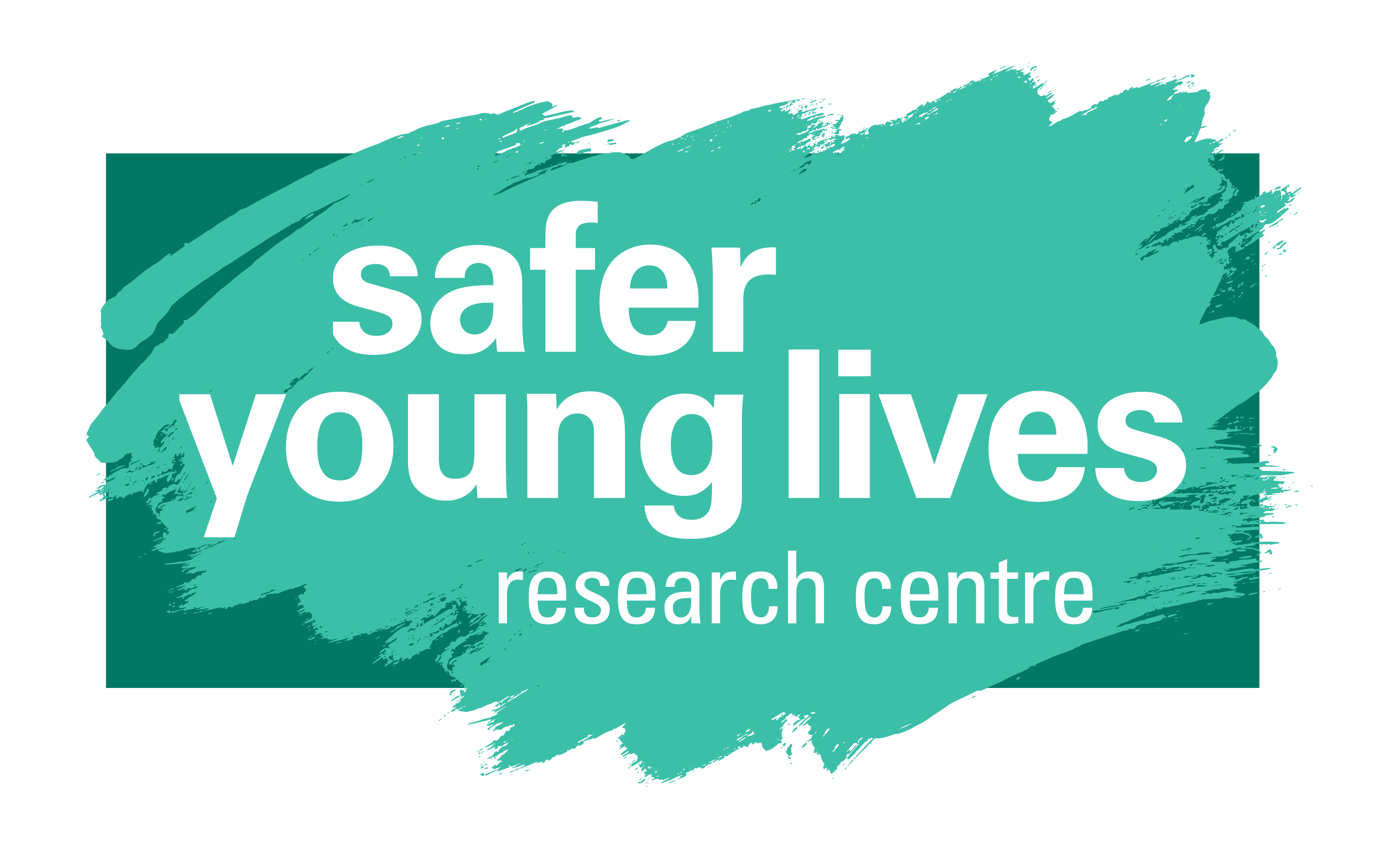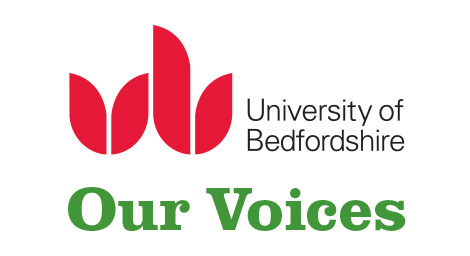Creating safe spaces to talk about the risk of child exploitation
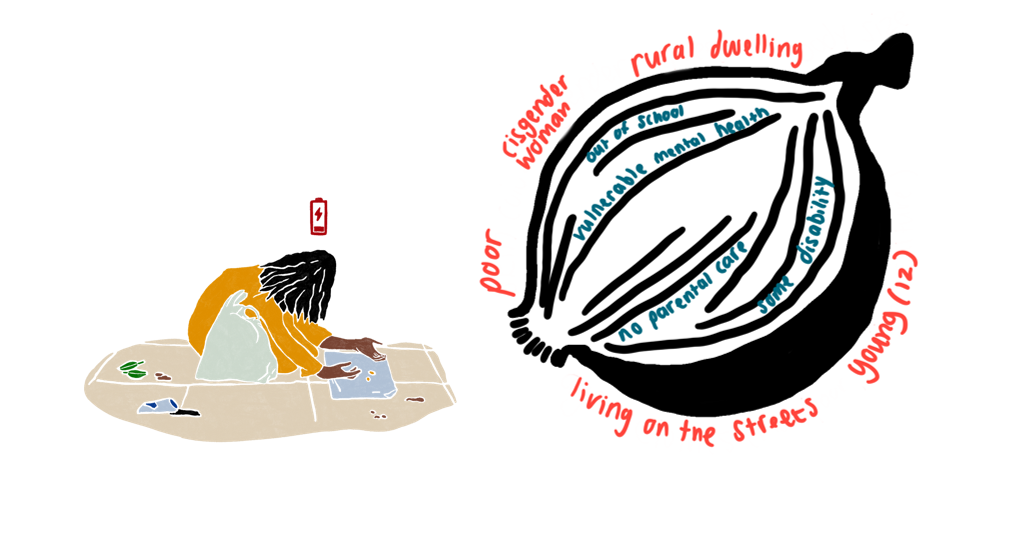
Terre des Hommes Netherlands (TdH NL) works to prevent and respond to child exploitation globally. As a child-focused organisation that aims to have effective and evidence-based programmes, we set out to better understand children’s perspectives on child exploitation, and the intersecting factors that make children vulnerable, in their own words, to being ‘taken advantage of’ (Children’s Workshop 4, 2022). We conducted this research in late 2022 in four very different parts of the world. Important messages from children were collected to inform our programming and help us design training for staff, community members and children on principles for effective programming. We took a participatory approach to explore structural power imbalances and intersecting oppressive factors.
As safety and wellbeing are important elements to consider when engaging children and young people on a heavy topic such as child exploitation, the research team took extensive time to make sure that activities were child-friendly, safe and engaging. This blog shares how we drew on the guidance in “Creating a safe space: Ideas for the development of participatory group work to address sexual violence with young people” (Warrington, 2020) to develop participatory group workshops with children as a key method in the project.
Figure 1. The six steps of continuous reflective practice for creating a safe space in participatory group work (adapted from Warrington, 2020).
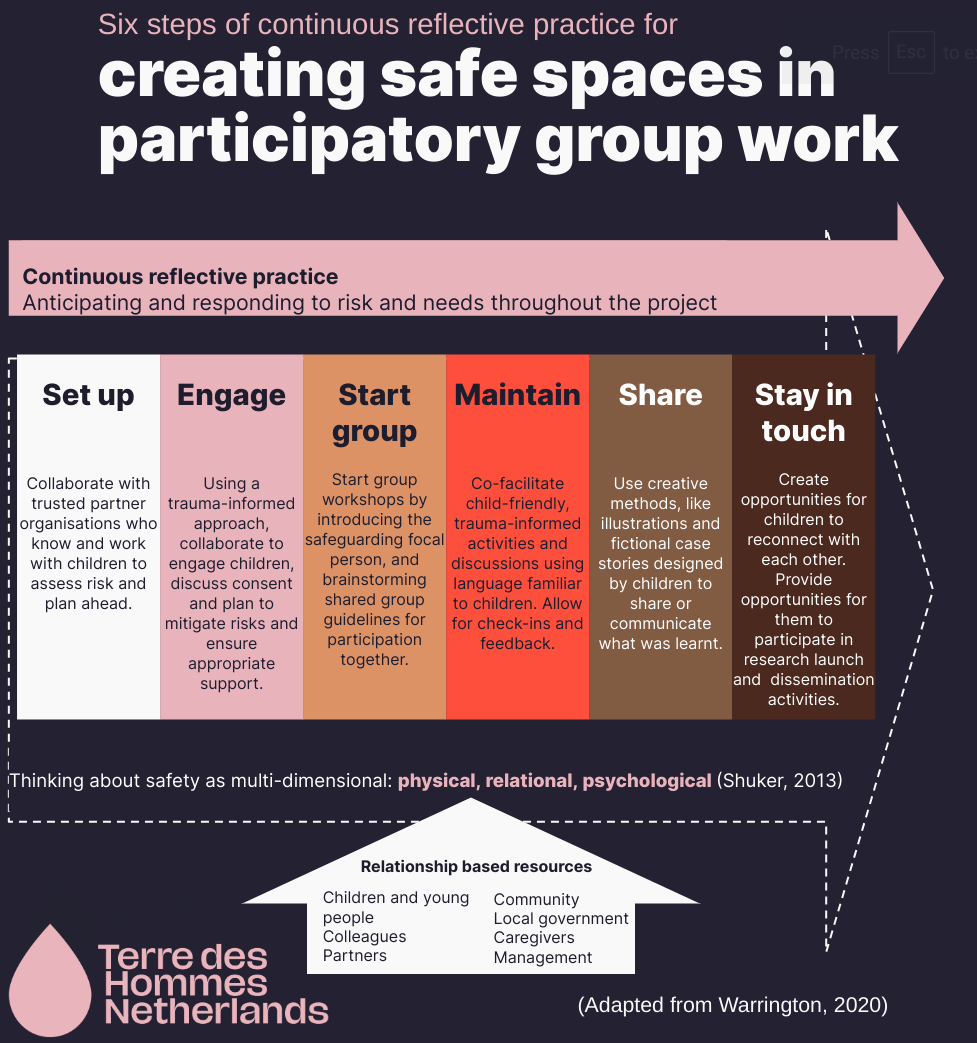
The study was made possible by four partner organisations: Association for Community Development in Bangladesh, ANPPCAN in Ethiopia, Bidlisiw Foundation Inc. in the Philippines and Dwelling Places in Uganda. These partners have well-established relationships with children and their families but also other community resources.
Figure 2. Research sites and partners
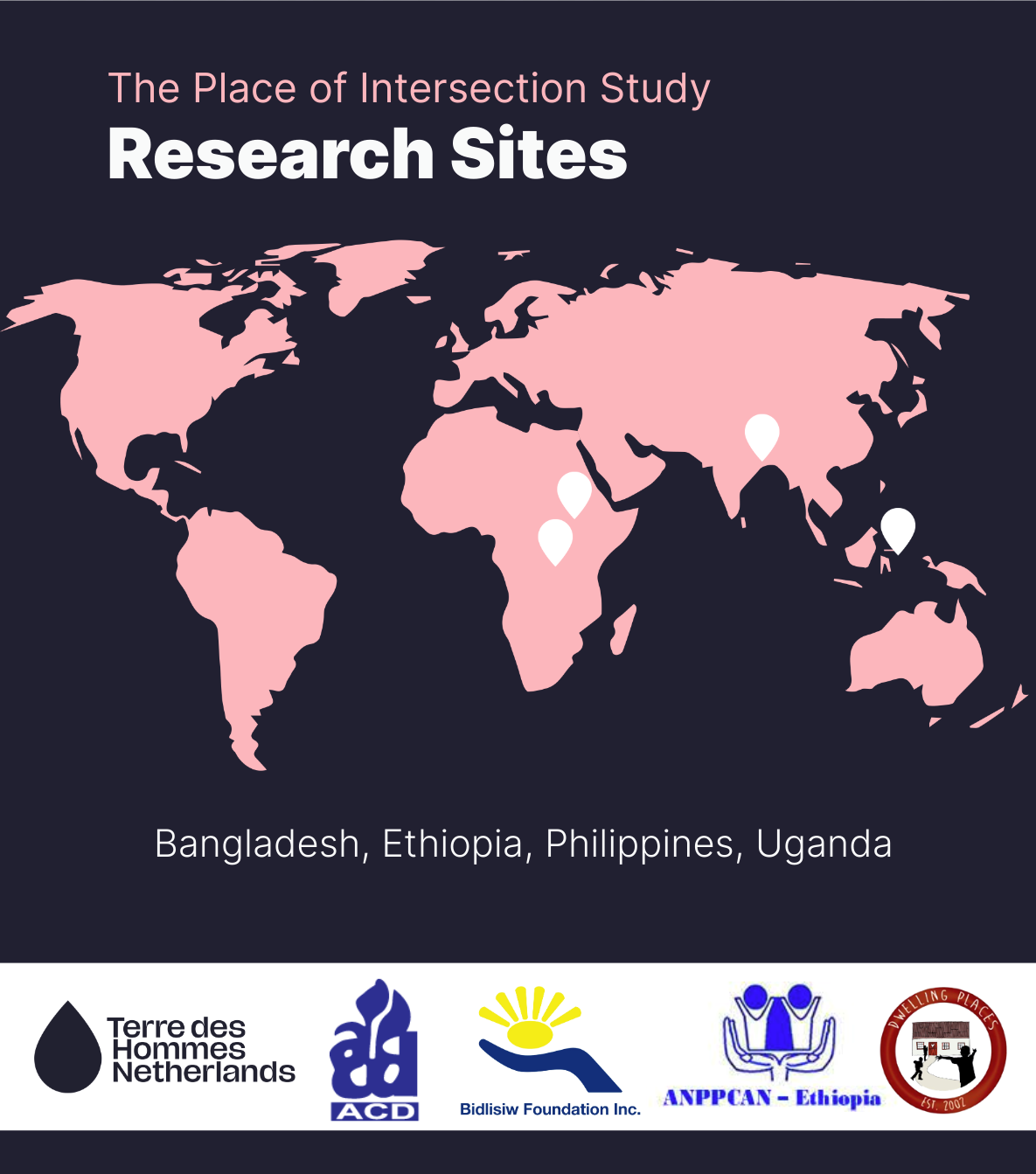
Collaboration between partner organisations and country office staff started over multiple online meetings. This facilitated the identification of risks and mitigation measure planning. It also enabled contextualisation of the data collection methods and practical planning for conducting safe research activities. For example, in The Philippines, community-based ‘Barangay’ leaders assisted by transporting children to and from the workshops. Another example were the Safeguarding Champions in Uganda. The Champions are trained social workers from partner organisation, Dwelling Places, who have extensive experience with child safeguarding. The children and community members were familiar with these Safeguarding Champions. For our activities, these assigned persons were present at all times to oversee the activities and to support children when activities were overwhelming or triggering. For instance, one child became upset while telling a story about the abuse of their brother. When this happened, we calmly asked the other children to take a break outside. A Safeguarding Champion was called to talk to the child and let them finish their story. The child calmed down and later wanted to rejoin the workshop. Following protocol, the incident was also reported to the child safeguarding focal point within TdH NL. After the workshop, the situation was followed up.
Engage:
Over several weeks, and collaborating closely with our partners, we sampled one diverse group of children aged 13 to 19 per country. Children had all been previously engaged in programmes or children’s rights clubs jointly implemented by TdH NL and the partner organisation. Our methods were carefully designed to be trauma-informed and to welcome and include children with a variety of perspectives: survivors of exploitation; boys, girls, gender-diverse children; out-of-school children and children with disabilities.
To help children and their families understand the research, information sheets, consent forms and child-friendly hand-outs were translated into local languages to share information about the study with children and families, discuss consent and plan supportive accommodations needed. To illustrate, it was planned that a child with a disability would participate with her friend, and a designated staff member was on hand to keep an eye on her if she needed a break or other support.
Start group:
Our partners helped us to identify and invite children to participate, laying the groundwork for creating a safe space to engage in a way that was sensitive to the needs of the individual children involved. In total, 44 children across the four countries were invited and participated.
Working around their availability, the enthusiastic groups convened during the final quarter of 2022. Each group engaged for around 12 hours - either during an overnight camp, multiple afternoon sessions or in consecutive gatherings over a weekend.
In addition to obtaining ethics clearance in each country, a child safeguarding risk assessment and management plan was completed and implemented together with the staff of each partner organisation. Children and their caregivers signed consent forms, and children were allowed to leave or re-join sessions at any point during the workshops. They were also introduced to the safeguarding focal point person at each workshop. Some children made use of the freedom to participate or not, notably children who had disabilities or difficulty maintaining attention. These children took regular breaks as needed and staff were on hand to assist when necessary.
Figure 3. A social worker from Association for Community Development in Bangladesh, holding a poster announcing him as someone who is there to listen to children as the safeguarding focal point (picture taken and shared with consent).
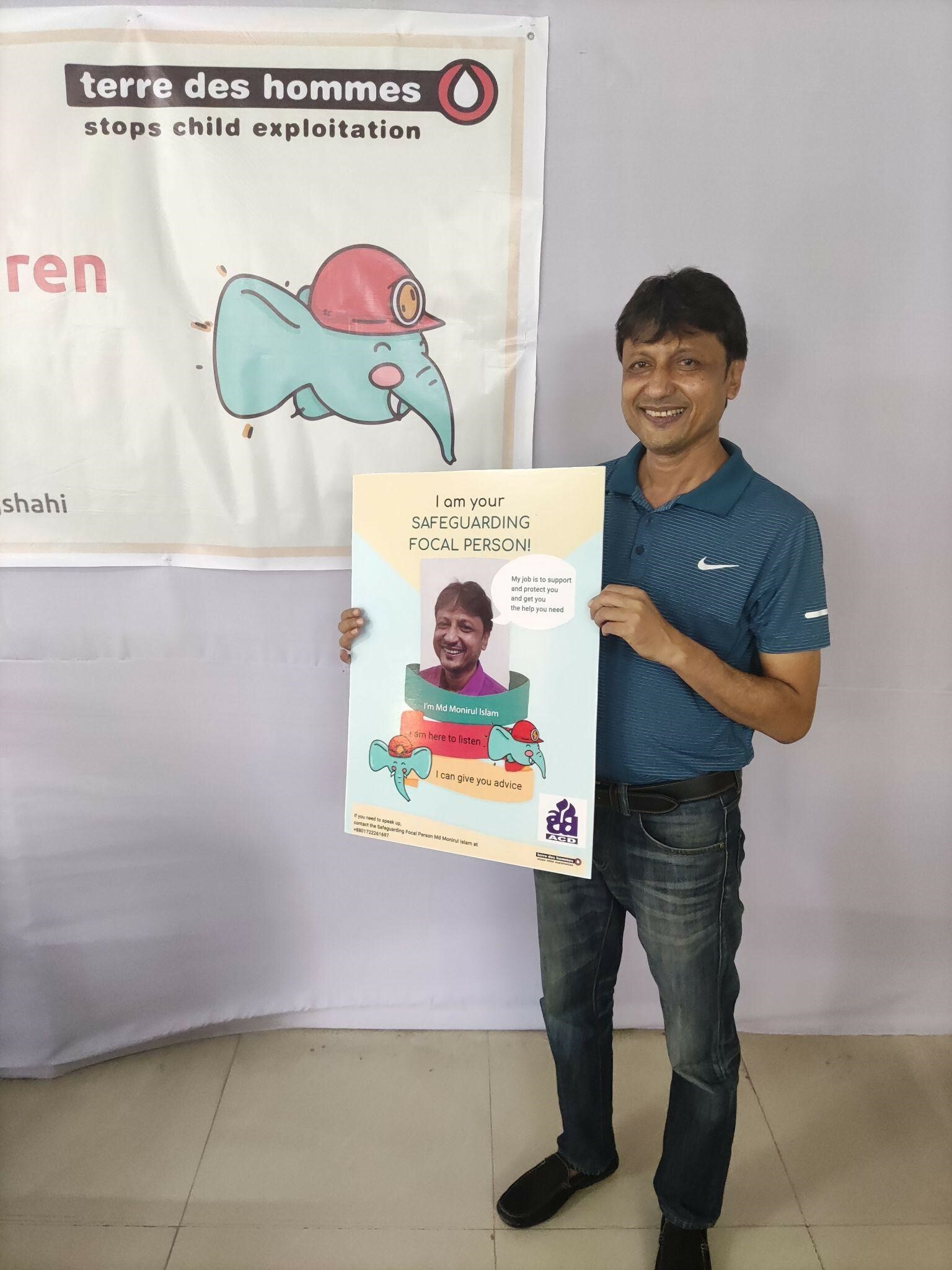
Maintain:
The workshops were co-facilitated by two TdH NL researchers who used English, and designated staff or young people from partner organisations who spoke the home languages of children. As the workshops consisted of multiple group work activities, the mix of languages worked well.
In order to engage with complex topics related to child exploitation, such as power and intersectionality (Crenshaw, 1990), we designed fun ways to engage children and build discussion and understanding around key concepts. To illustrate, we expanded on the exercise ‘Just like an Onion’ from the “We Are Here: A Child Participation Toolbox” (Eurochild, 2021, p. 81). In this exercise, the metaphor of an onion is used to show that everyone consists of different layers. In the workshop, we used additional imagery to explain how different layers of an onion can influence power in society. A green ‘full battery’ symbol was used to symbolise a person with lots of power, versus a red ‘low battery’ to show someone with low power. Together with children, we identified layers of the onion that contributed to low power and risk of child exploitation that were relevant in their context.
Through discussion, children identified that ‘people, just like onions, have different layers’, ‘if you peel back too many layers, they will both die’, and ‘onions and people need a favourable ground to grow’ (Children’s Workshop 2, 2022). Children were never asked to reflect on their own identity layers, as we felt this could potentially be triggering or polarising. Instead, we collectively discussed what layers of identity could potentially lead to more or less power, and therefore vulnerability to child exploitation.
Figure 4. Layers of the onion identified by children in Ethiopia
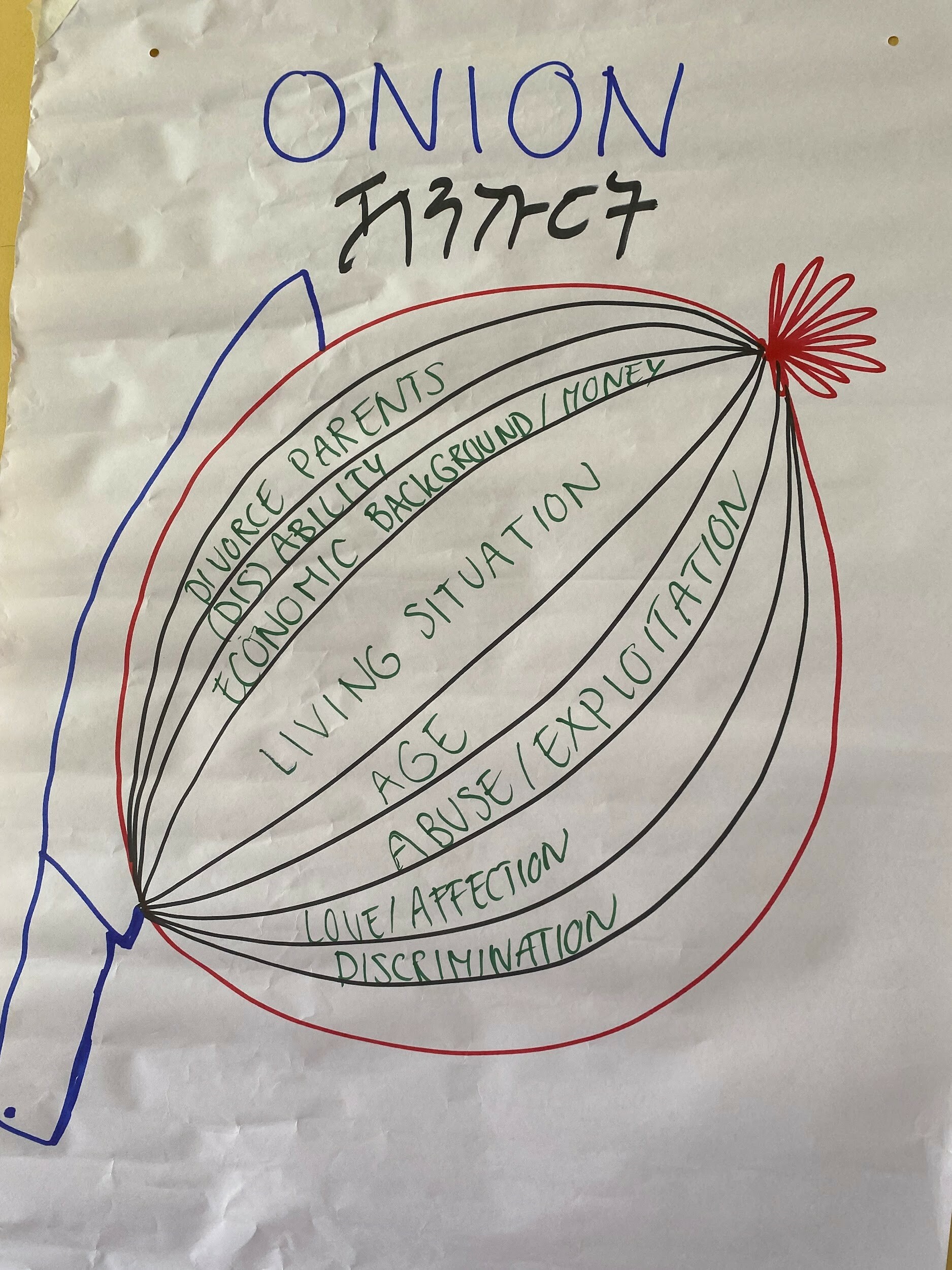
Share:
No photo, audio or video recording was done of the workshops with children. Instead scribes were employed to live transcribe the discussions, and capture the written words from PostIts, posters and flipcharts. This meant that children were assured that they would not be identified in the research report.
Warrington suggests engaging group work helps to ‘challenge individual narratives that foster self-blame and shame’ (Warrington, 2020, pp. 3). In each of our groups, children designed fictional characters through which to share their perspectives on child exploitation - rather than facilitators asking them to retell their own stories or make disclosures. Each character they designed had a ‘low battery’ and was either at risk of or had experienced child exploitation. Deciding on their backstories and the various factors of their identities (or layers of their ‘onions’), children helped build up illustrations of the difficult circumstances faced by children around them. Following the workshops some of the characters were professionally illustrated for use in the research report, and future training based on the research insights. Sima and Tadlah (pictured below) provide two examples of the characters.
Figure 5: Sima, an indigenous girl from Bangladesh was forced to marry by the age of 12, and works in the house of her ‘husband’ while others go to school (illustrations by Srishti Sarawagi).
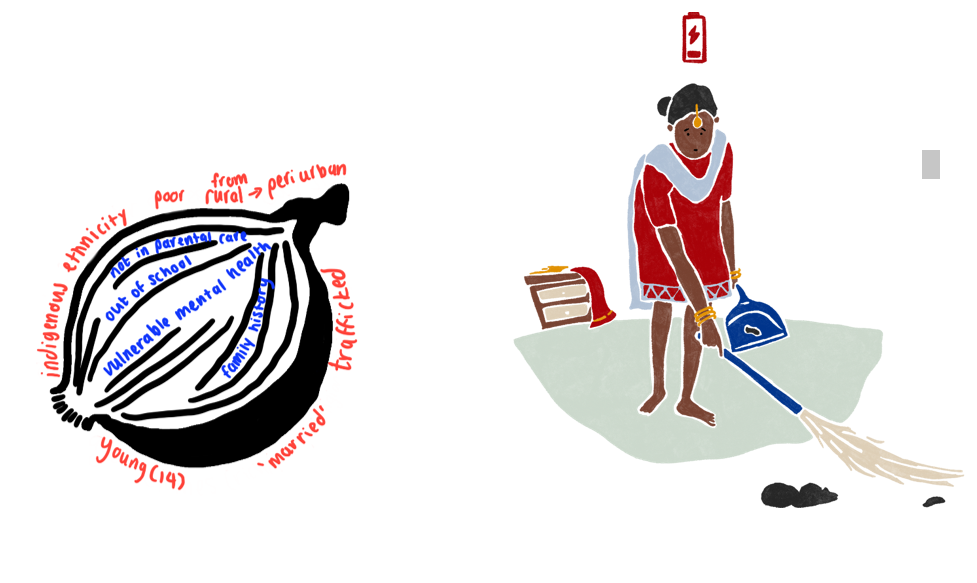
Figure 6: Tadlah, survives by living and begging on the streets of a small Ethiopian town, is at risk of being exploited in return for food or a place to stay (illustrations by Srishti Sarawagi).

Close and follow-up:
The research teams checked in with the safeguarding focal points who followed up with the children two weeks after the workshops. Some concerns were brought up, for example, some children did not like designing a fictional character with a full battery who could perpetrate child exploitation. They felt it could be triggering and upsetting for children who had been victimised. Though no further follow up was needed, the activity was removed from the training curriculum.
Three months after the children’s workshops, a joint online session was organised. This gave the children from different countries the opportunity to meet each other, have some fun sharing dances and best things about their countries, and reflect on the preliminary findings of the research. Six months later still the children were reconvened for the launch of the study report and child-friendly versions.
Figure 7: Reading the child friendly Amharic version of the research report
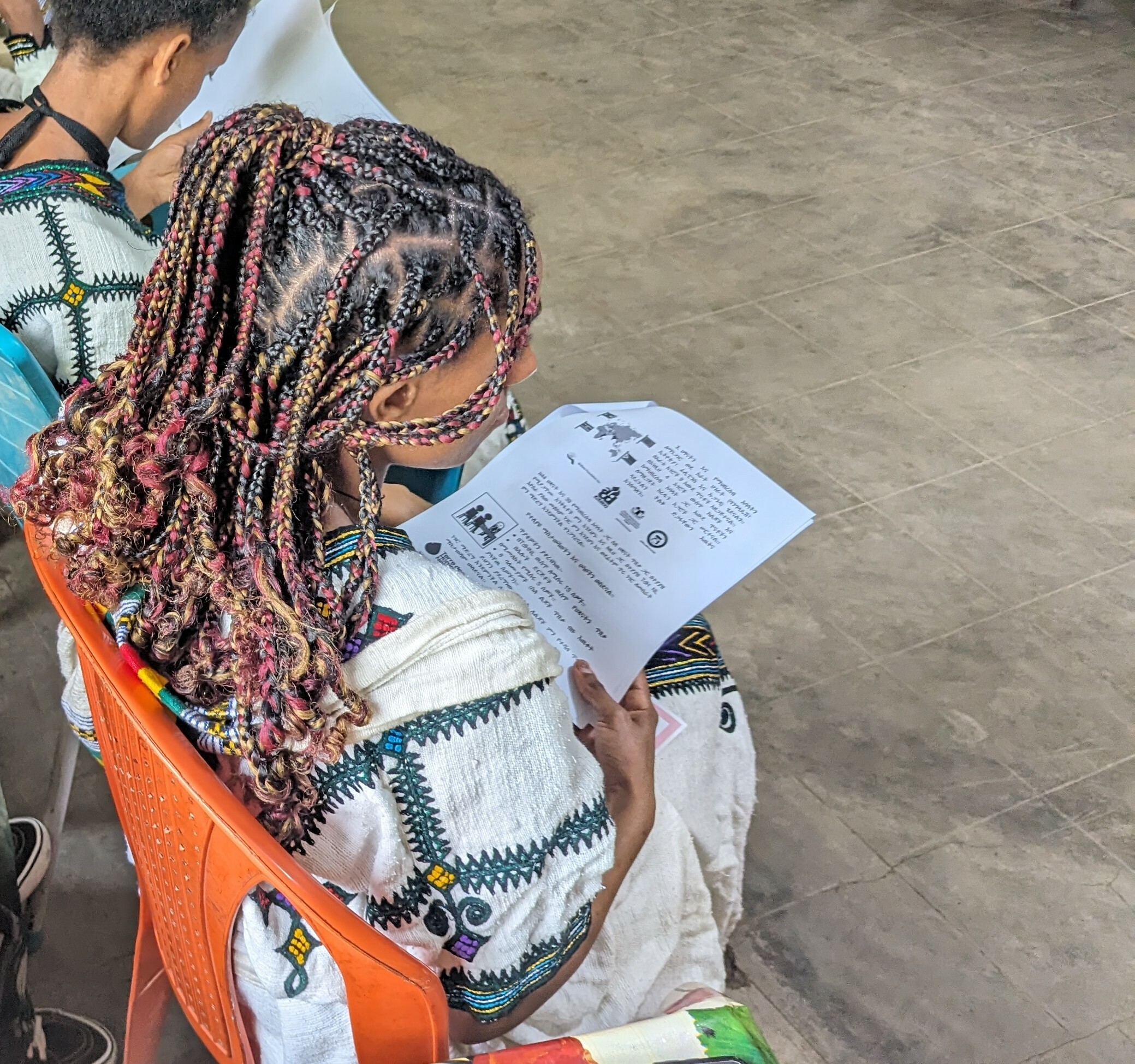
Reflection
Beyond the insights gained from the research study, our project helped inform the development of a training curriculum on key concepts related to intersectionality and child exploitation. The research team was also able to develop safe and reflective practices for future participatory research. As a result, our team and partners are better equipped to fulfil our mission of protecting children's rights, amplifying children’s voices, and striving to create a world where they can thrive, free from all forms of child exploitation.
Bibliography
Crenshaw, K. (1990). Mapping the Margins: Intersectionality, Identity Politics, and Violence Against Women of Color. Stanford Law Review, 43, 1241.
Eurochild. (2020). We Are Here: A Child Participation Toolbox. Brussels: Eurochild. Obtained from: https://eurochild.org/uploads/2021/01/We_Are_Here_Toolbox.pdf.
Terre des Hommes Netherlands. (2023). The Place of Intersection: Participatory Research to Update and Align Terre des Hommes Netherlands Cross-cutting Issues (CCI) Approaches. Research, Expertise and Influence Team: Terre des Hommes Netherlands, The Hague.
Warrington, C. (2020). Creating a safe space: Ideas for the development of participatory group work to address sexual violence with young people. Bedfordshire: University of Bedfordshire. Obtained from: https://www.our-voices.org.uk/publications/creating-a-safe-space-ideas-for-the-development-of-participatory-group-work-to-address-sexual-violence-with-young-people
